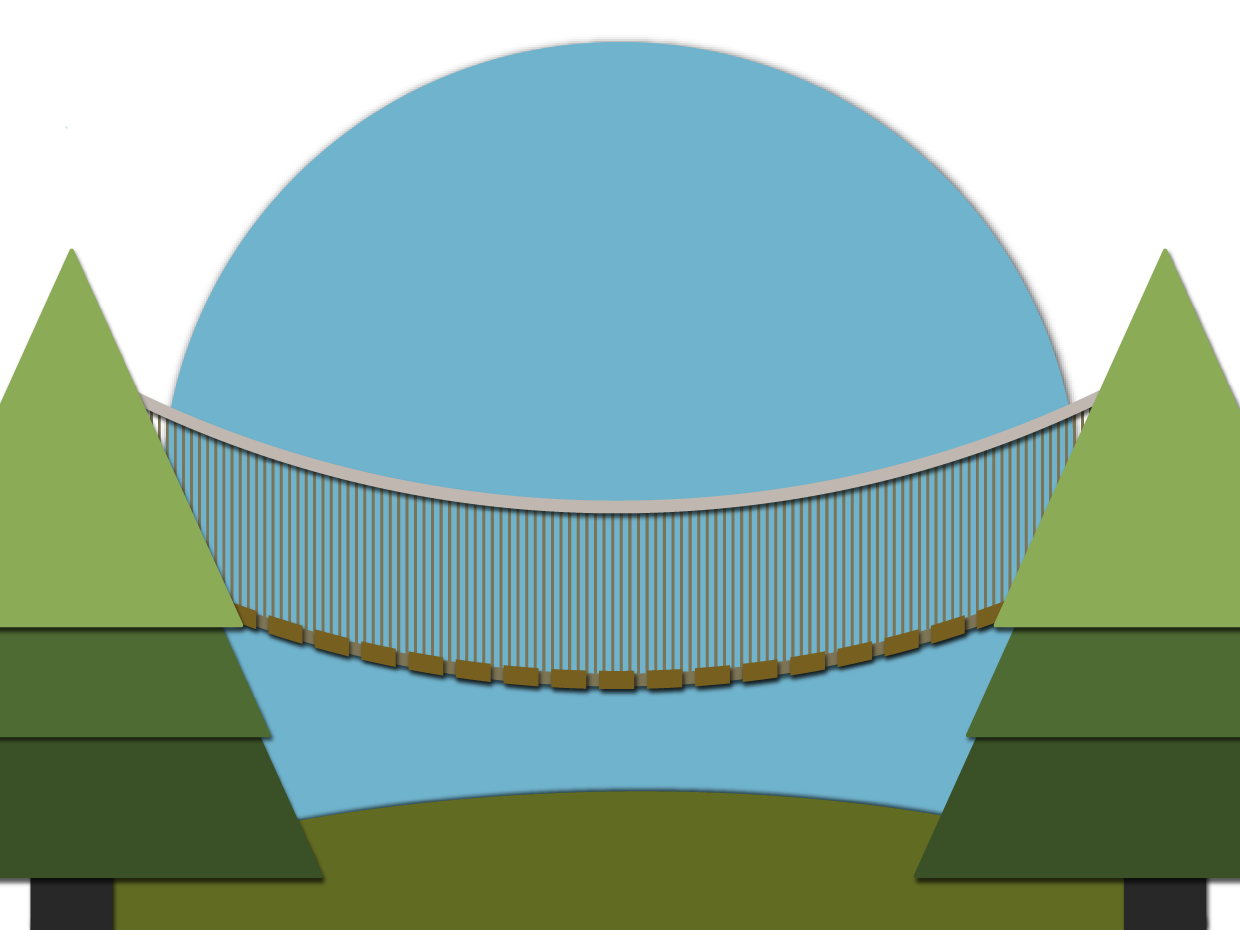On this page you’ll find
Your pay stub summarizes employment earnings and other amounts deducted for income tax, EI and CPP.
Depending on how you get paid, your pay stub may be a paper slip or a digital record. Your pay stub will either be attached to your cheque or to a direct deposit statement. It will show the difference between the amount of money you earn, and the amount of money you actually take home.
A pay stub will include:
- Gross pay – the amount you make every week, every month or every hour before your employer deducts any income taxes, payroll taxes (EI and CPP) or other items.
- Net pay (or take-home pay) – the amount you have after deductions are made from your gross pay.
Required deductions
By law, an employer must deduct the following amounts from your employment earnings:
- Income tax
- Employee contributions to Employment Insurance (EI)
- Employee contributions to the Canada Pension Plan (CPP)
These deductions mean that the amount on your paycheque will be less than the total income you earned. Your employer must withhold and remit these amounts directly to the Canada Revenue Agency (CRA). However, you do get credit for having paid these amounts, which are reported on your T4, when you file your annual tax return. These amounts can be claimed as deductions.
Income tax
Canada has a graduated personal income tax system. Everyone pays the same tax rate up to a certain level of income. Each additional dollar earned is taxed at a higher income tax bracket, and each bracket has an income threshold. There are currently five federal income tax brackets.
The table below shows the federal tax rates that apply in 2022. In addition to federal tax, you must also pay provincial tax, which varies by province.
| Income level | The tax rate that applies (2024) |
| $1 to $55,867 | 15 per cent |
| $55,867 to $111,733 | 20.5 per cent |
| $$111,733 to $173,205 | 26 per cent |
| $173,205 to $246,752 | 29 per cent |
| Over $246,752 | 33 per cent |
Because of the marginal tax rates, if your level of income is at a higher level, your whole income will not be taxed at that rate. For example, if you earn $98,000, the first $50,000 will be taxed at 15%, and the rest at 20.5%.
THE BASIC PERSONAL AMOUNT
You do not pay federal income tax on the first $15,705 of your taxable income in 2024 because of a tax credit called the basic personal amount. If you have a net income above $$246,752 your basic personal amount will be lower. See the CRA website for more information.
Canada Pension Plan and Employment Insurance
These programs are run by the federal government and participation is mandatory. You may benefit in the future by receiving payments from these programs.
- Employment Insurance (EI) – provides temporary income support to unemployed workers while they look for employment or upgrade their skills. It also provides benefits to workers who take time off due to specific life events such as pregnancy or illness.
- Canada Pension Plan (CPP) is a retirement pension that pays a monthly benefit to those who qualify.
In addition to the amounts that are deducted and withheld from your pay, your employer also makes contributions to EI and CPP on your behalf. The amount depends on how much you contribute.
Additional payroll deductions
Finally, your employer may deduct additional items from your pay. For example, you may choose to participate in your company’s:
- pension plan
- group insurance plan
- RRSP savings plan
Participation in these programs will reduce your net take-home pay if you opt-in to contribute or if they are required. However, these payments will contribute to your insurance or retirement savings which you can draw on in later years.
Learn more information about EI rates and maximums, and CPP contribution rates, maximums and exemptions from the Canada Revenue Agency.
